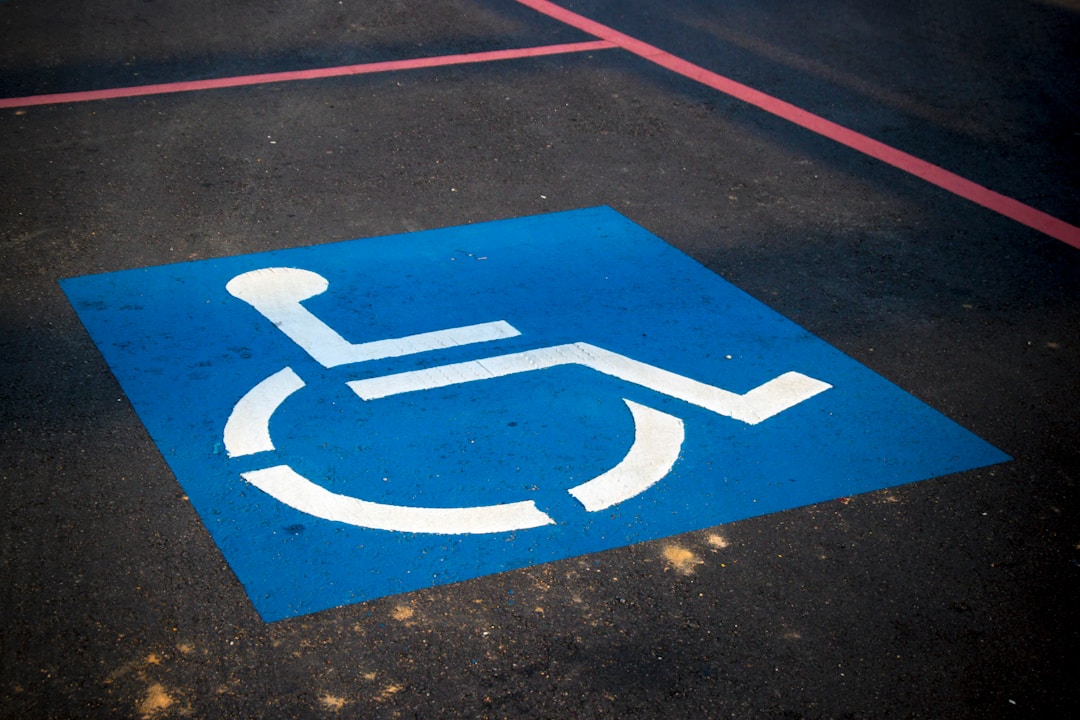Almost 10% of all Americans move each year. Moving involves finding a new residence, vacating your existing residence, and transporting your belongings. You also have to update your identification, have your mail forwarded, and set up services in your new home.
When it comes to stressful life experiences, most Americans award moving the top prize. For people with disabilities, moving involves a more significant number of challenges that affect the moving process. Accommodating disabilities can make it trickier to locate a new home and make the transition. Using this information and the tips here can help simplify moving for people with disabilities.
What are disabilities?

Disabilities include both mental and physical conditions. Any condition that impacts a person’s activities or senses is a disability. Common intellectual disabilities include Down syndrome, Fragile X syndrome, and fetal alcohol spectrum disorder (FASD). Developmental disabilities include autism. People who are blind, deaf, or hard of hearing have sensory disabilities.
Physical disabilities include traumatic brain injuries (TBIs), multiple sclerosis (MS), cystic fibrosis (CF), and spinal cord injuries (SCIs). People can be born with physical disabilities or become physically disabled from a disease or injury.
Moving in stages can help disabled people adapt.

The moving challenges people with disabilities face may vary based on the nature of their disability. Suppose you’re moving and you or a family member have a visual impairment. Many blind people rely on their memory when they’re at home or visiting public places. Familiarity can prevent people with vision loss from walking into an intersection or bumping into furniture. When a blind person moves, they have to familiarize themselves with new surroundings.
You can help a person with visual impairment make the transition to a new home by reviewing tips from a moving guide for people with blindness. Simplify the moving process by renting a storage unit and putting belongings in storage first. Let people with vision impairments have time to explore their new home and learn about structure trip hazards and physical features inside the home before adding furnishings. This is a great way for a blind person to determine where to place belongings in the home.
Make a list of crucial features you need in your new home and community.
Several factors could affect your home search. Ensure your realtor understands your unique needs and knows which needs are must-haves. For example, if your loved one has a visual impairment, it may be crucial you find a new home in a community with crosswalks designed for individuals with visual impairments. Your property needs may vary if your loved one has a service animal you need to accommodate.
Suppose your loved one uses a wheelchair. You may need a home with a wheelchair ramp and wide halls and doorways, ensuring individuals in wheelchairs can move throughout the home safely. It may be crucial you find a house without trip hazards or uneven floors if your family member uses a walker or canes.
Spend time exploring potential communities.

The new community you call home will impact your quality of life. Access to resources is crucial, particularly for people with disabilities. Ensure public buildings are accessible and adhere to the Americans with Disabilities Act. Community issues would mar your transition to a new home if your disabled loved one cannot access public transport or public facilities.
Be prepared to compromise.
You may not find a home that has all the required features to accommodate you or your disabled loved one. Make a list of essential accessibility features and evaluate homes based on whether you can make suitable home modifications. For example, you can replace patterned flooring and add handrails, but it may be cost-prohibitive to level floors and eliminate stairs from a multi-level house. Knowing what features you can modify later enables you to increase the number of homes you can consider when looking for a new property.
Moving can be stressful and challenging. You’ll have additional factors to consider when moving with a person with disabilities. Moving in stages can help people with disabilities adapt to their new environment. You should also evaluate communities to ensure they have crucial resources for people with disabilities.





















